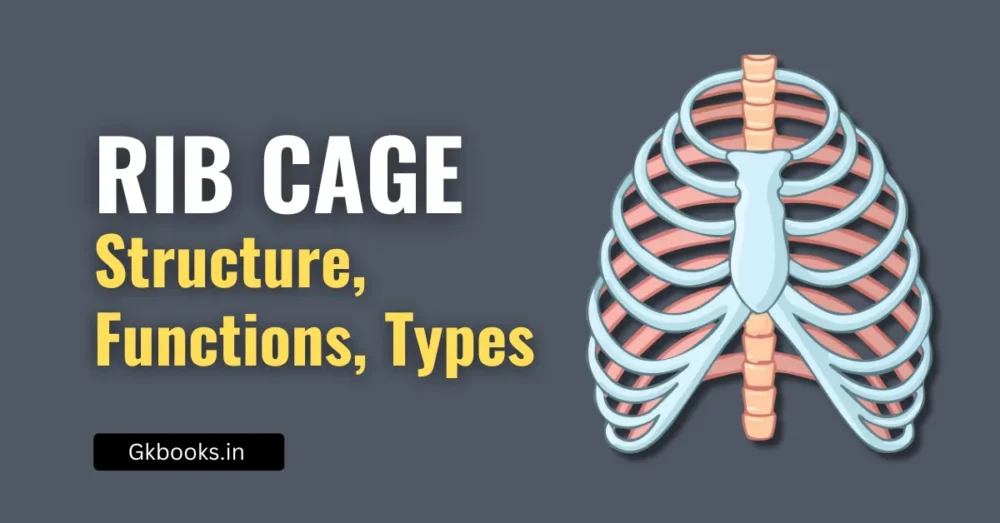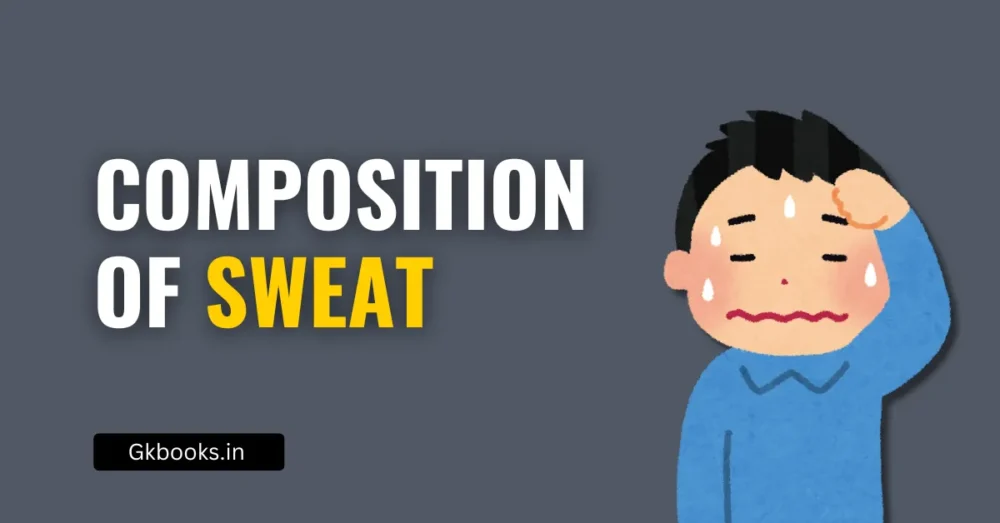The human arm skeleton is a very important topic in General Science and Biology for exams like SSC, Banking, RRB NTPC, UPSC, and many state-level exams. Our arm helps us do many daily activities like writing, lifting, and throwing.
But have you ever wondered how it works? It is all because of the strong bones inside! In this post, we will learn about the key bones of the human arm, like the humerus, radius, ulna, clavicle, and more. We will also understand their functions in a simple and easy way.
Knowing about the arm skeleton will not only help you in exams but also make you smarter about your own body. So, let’s explore the amazing structure of our arm and prepare well for your competitive exams. Stay focused and keep learning — success is in your hands!
📙Explore the Complete Biology Guide for Competitive Exams – Topics, Tips & Must-Know Facts!
What is the Human Arm Skeleton?
The human arm skeleton is made up of bones that provide structure, support, and movement.
These bones are connected by joints and moved by muscles.
The arm skeleton mainly includes:
- Shoulder bones
- Upper arm bone
- Forearm bones
- Hand bones
Key Functions of the Arm Skeleton
- Provides shape to the arm
- Protects blood vessels and nerves
- Supports muscles for movement
- Allows flexibility and rotation
- Helps us perform daily tasks
🔵 Tip for Exams: Remember — Protection + Support + Movement = Functions of Bones
📗Also Read: Human Vertebral Column – Explained Simply
Parts of the Human Arm Skeleton
The bones of the human arm are divided into three major parts:
| Major Part | Important Bones |
|---|---|
| Shoulder | Clavicle, Scapula |
| Upper Arm | Humerus |
| Forearm | Radius, Ulna |
| Hand | Carpals, Metacarpals, Phalanges |
Let’s explore each in detail.
1️⃣ Shoulder Bones
The shoulder connects the arm to the main body. It consists of two important bones:
🔹 Clavicle (Collar Bone)
- Shape: S-shaped, long bone
- Location: Between the sternum (chest bone) and the shoulder
- Function: Acts like a strut to keep the arm away from the body
🔹 Scapula (Shoulder Blade)
- Shape: Triangular, flat bone
- Location: Back of the upper rib cage
- Function: Connects with the clavicle and humerus to form the shoulder joint
💡 Memory Tip:
“Clavicle connects the chest and arm,
Scapula supports at the back like an umbrella!”
2️⃣ Upper Arm Bone
🔹 Humerus
- Shape: Long bone
- Location: Runs from the shoulder to the elbow
- Function: Supports upper arm muscles and forms the elbow joint
Important Fact:
The humerus is the largest bone in the arm!
📗Also Read: Major Bones of the Lower Limb: Based on NCERT
3️⃣ Forearm Bones
The forearm has two parallel bones:
🔹 Radius
- Location: On the thumb side of the forearm
- Function: Helps in rotating the hand (like when you twist a doorknob)
🔹 Ulna
- Location: On the little finger side of the forearm
- Function: Forms the main structure of the elbow joint
💡 Easy Trick to Remember:
Radius = near Right (thumb)
Ulna = near the Upper side (little finger)
4️⃣ Bones of the Hand
The hand has many small bones which give it flexibility and strength:
| Bone Group | Number of Bones | Location |
|---|---|---|
| Carpals | 8 | Wrist |
| Metacarpals | 5 | Middle of the hand |
| Phalanges | 14 | Fingers (3 per finger, 2 in thumb) |
🔹 Carpals
- Form the wrist
- Allow wrist flexibility and movement
🔹 Metacarpals
- Form the palm
🔹 Phalanges
- Form the fingers
- Help in grasping, writing, and holding
Quick Summary Chart
| Part of Arm | Key Bones | Main Function |
|---|---|---|
| Shoulder | Clavicle, Scapula | Connects arm to body, supports movement |
| Upper Arm | Humerus | Lifting, supporting muscles |
| Forearm | Radius, Ulna | Rotating hand, bending arm |
| Hand | Carpals, Metacarpals, Phalanges | Grip, hold, write, fine movements |
Smart Study Tips for Quick Revision
- Mnemonic to Remember Arm Bones:
“Come See How Real Understood Carpets Make People Fancy!“
(Clavicle, Scapula, Humerus, Radius, Ulna, Carpals, Metacarpals, Phalanges)
- Draw and Label the arm bones once — it will stick better in memory!
- Use Flashcards: Write bone names on one side and functions on the other. Revise daily!
- Visualize daily activities:
(e.g., drinking water – Humerus moves, Radius and Ulna rotate, Phalanges grip the glass.)
Final Motivation
Learning about the human body is like learning the blueprint of life!
Understanding these bones will not only help you crack exams but also make you smarter about your own health.
Remember, small topics like these often carry easy marks — don’t miss out!
Keep learning, keep growing, and success will be yours! 🌟







